‘Interpreter’s Booth. An exhibition in two chapters by Anu Vahtra and Martin Lukáč at Chimera-Project Gallery

Welcome to Chapter Two.
One can never step in the same river twice
Heraclitus
Now, equipped with helpful keywords and having a better idea what the art we are dealing with is, I would like to propose a toast to abstraction! Praise the non figurative! Long live the formless form!
All of a sudden two interpreters chatting relaxed in the booth and start to kiss. Their gestures from tender become more dynamic and violent. We can still see them – through this ridiculous plastic glass, being trapped in the claustrophobic temporary architecture that after all is a box made out of plastic. They seem not to care. Temperature is rising and kissing becomes more of a wrestling where two people fight each other in the manner not to cause any harm. It is an odd and awkward performance that makes you feel like a third wheel.
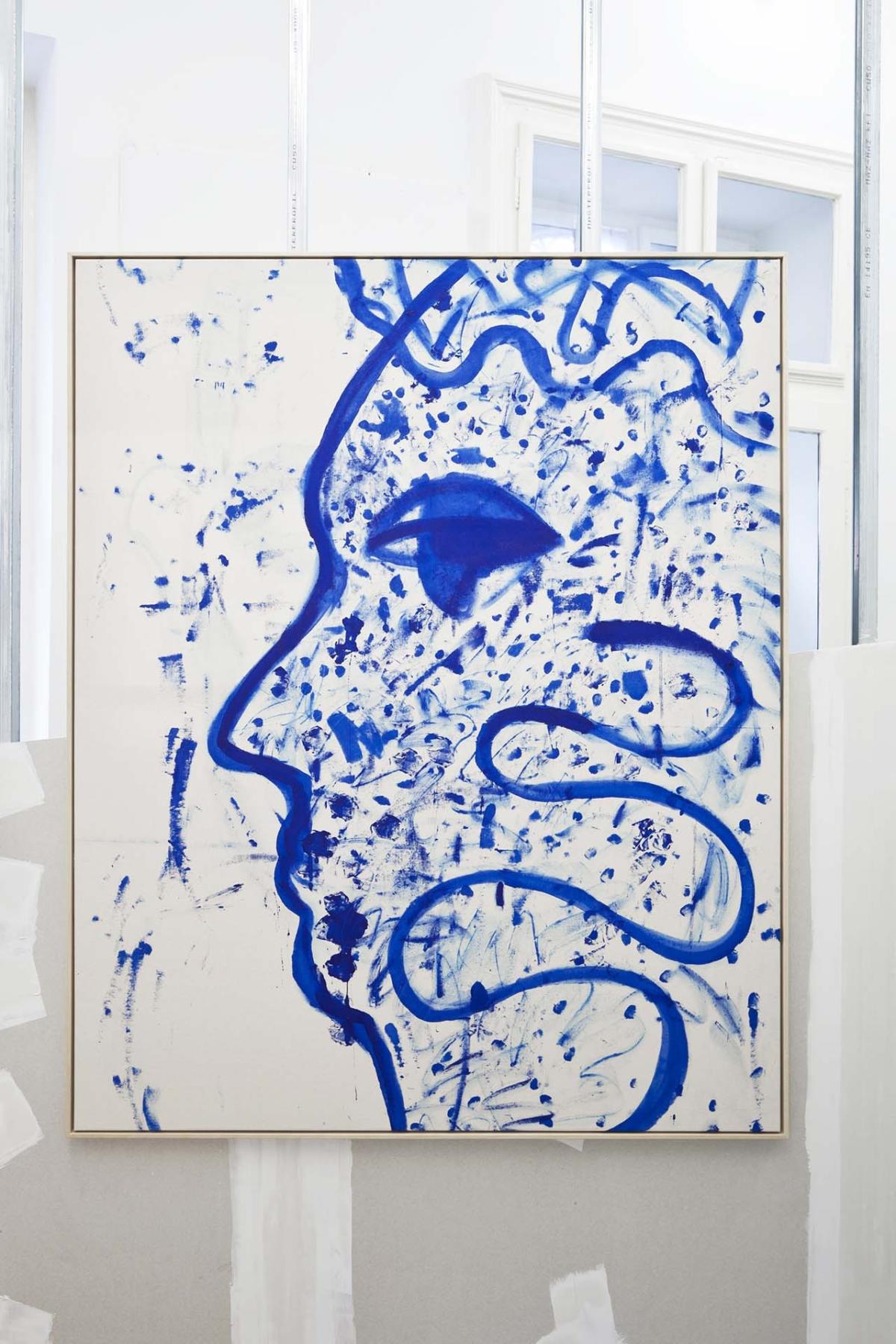
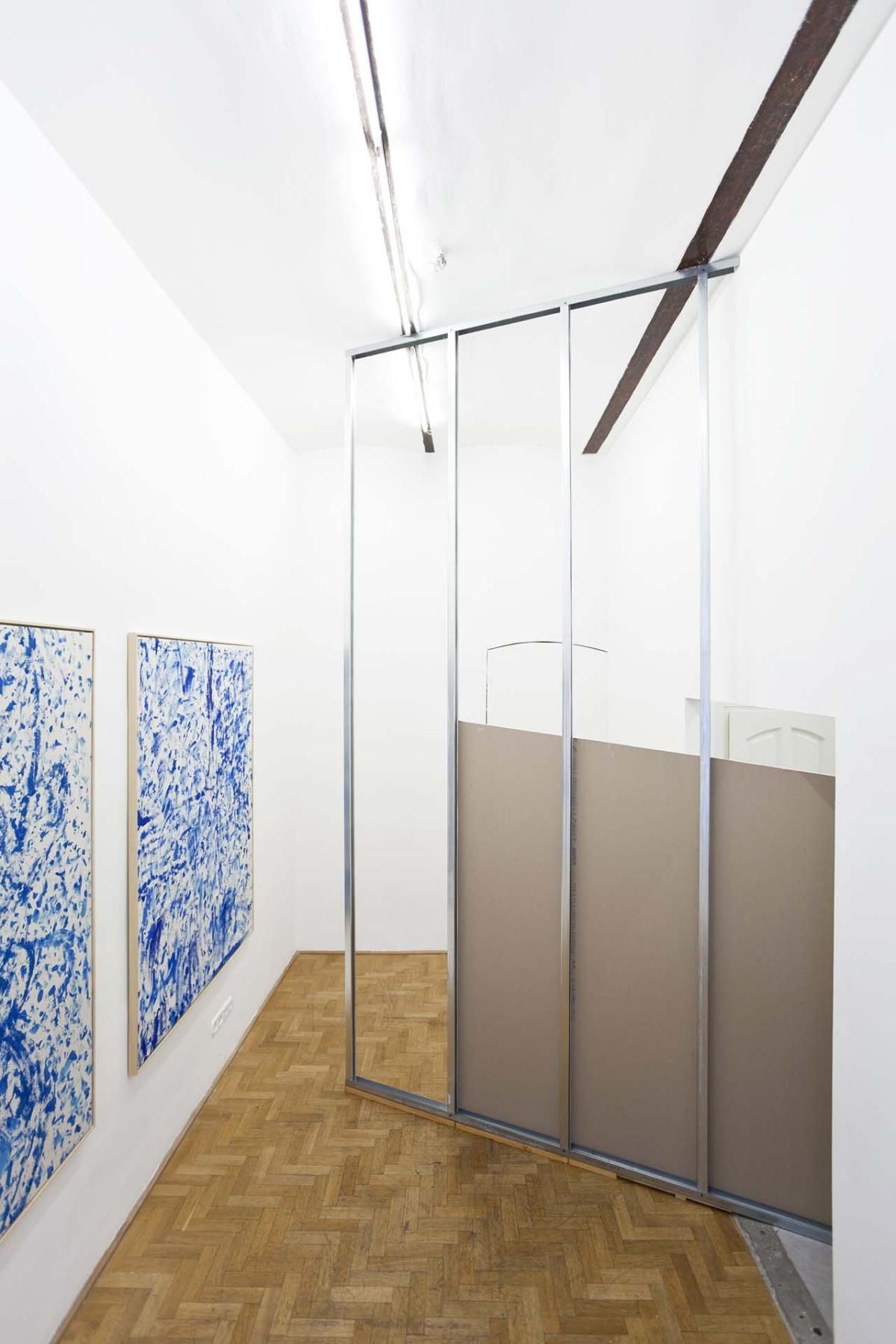




Our brain always tries to connect visuals we see with familiar patterns – something that we have already seen. It’s an old feature from the time when we all used to live in caves and it was necessary to connect a shape like the saber-toothed tiger with a deadly danger.
Scientists would call it pareidolia yet for me it is the dumbest thing ever – the most powerful obstacle to appreciate fully the beauty of abstraction. On the other hand however pareidolia is the best helping hand when it comes to interpretation. Allowing us to use variety of lifetime experience in order to have a better understanding of what we see now.
More tips: I would like to call your attention on two things. First is the past – the one that is distant from us and the one that just has happened. In Anu’s work you can see how the past comes back in quasi architectural form – recalling walls that used to be here, playing with installation from the first chapter, nodding to a loop that looks like an inverted eight, involving shadows cast by the previous objects but not the actual ones.
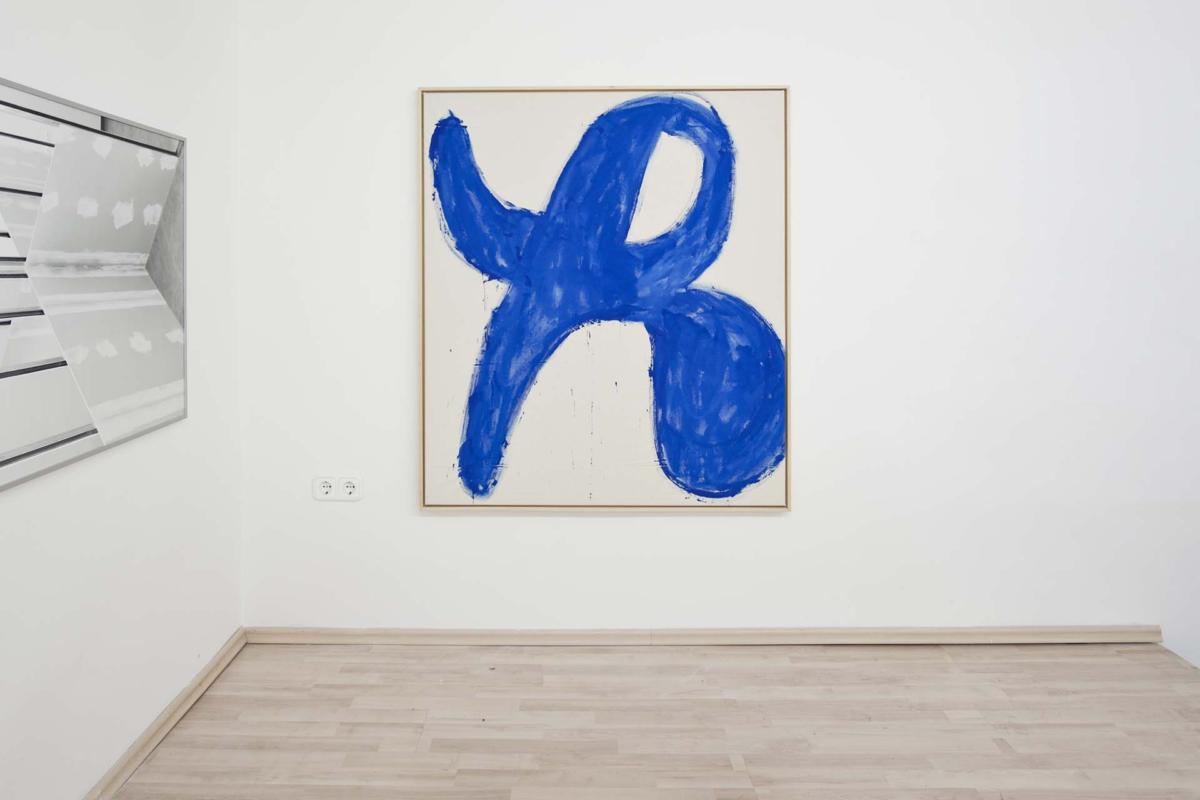
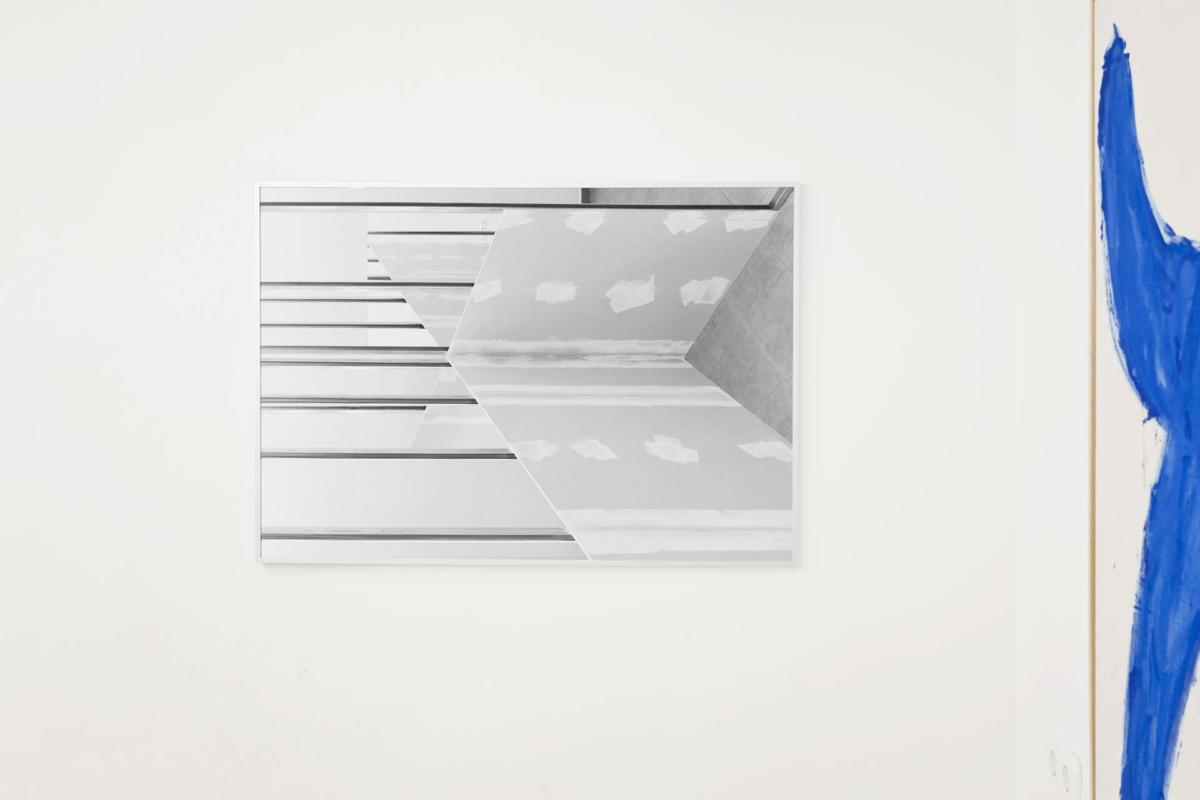
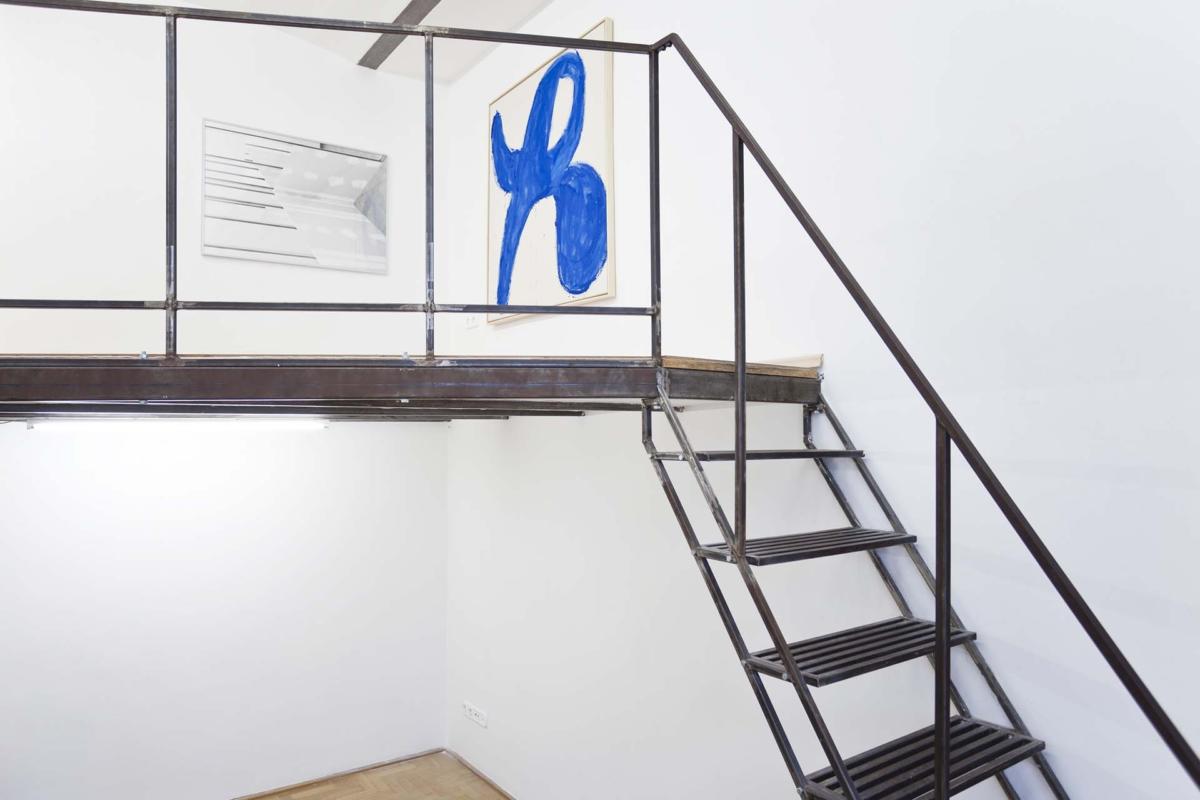


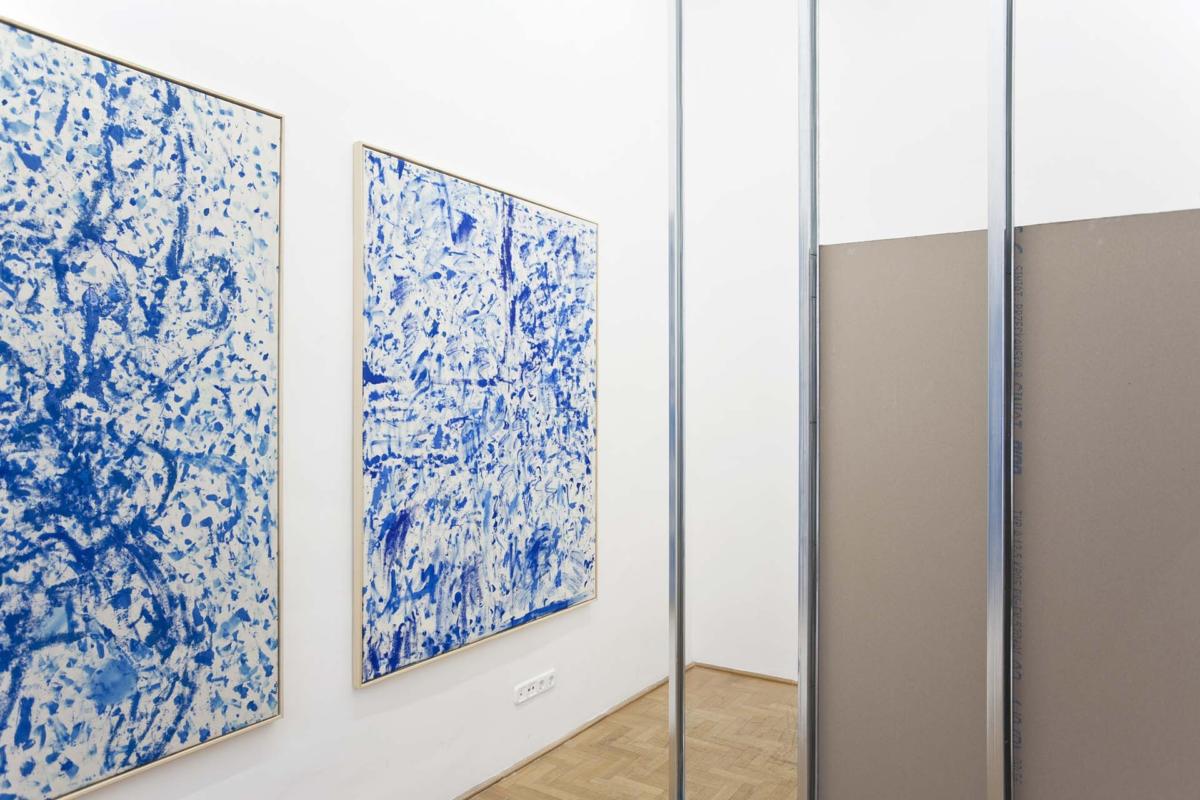
Second – recognition of shapes or pareidolia is often used in Rorschach text (the one with black stains that gained such a popularity in Hollywood’s movies). Take a look at the blue paintings by Martin and simply “tell me what do you see, Mr Lecter”.
The booth shakes and dodders. We can hardly see the interpreters; instead one can spot a tangle of different body parts. The booth hops and falls to the right, fake walls brake and fall apart. Then the movement stops as suddenly as it started. The interpreters slowly get up and try to find their belongings without making any eye contact neither with us nor with each other ( what happens in interpreter’s booth stays in interpreter’s booth). They ick dust off their clothes and leave without saying a word. What could they say, and, exactly, in what language?
P.S. I met Rancière two weeks ago. He is a very nice man. He let me take a selfie with him and my son and publish it in social media. Not a lot of people recognized him at the photo.
Imprint
| Artist | Anu Vahtra, Martin Lukáč |
| Exhibition | Interpreter’s Booth An exhibition in two chapters by Anu Vahtra and Martin Lukač |
| Place / venue | Chimera-Project Gallery, Budapest |
| Dates | 1 – 30 March 2018 |
| Curated by | Piotr Sikora |
| Photos | Anu Vahtra |
| Website | www.chimera-project.com |
| Index | Anu Vahtra Chimera-Project Gallery Martin Lukáč Piotr Sikora |
